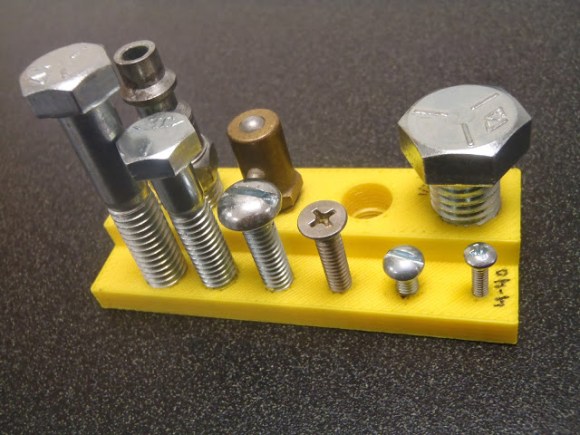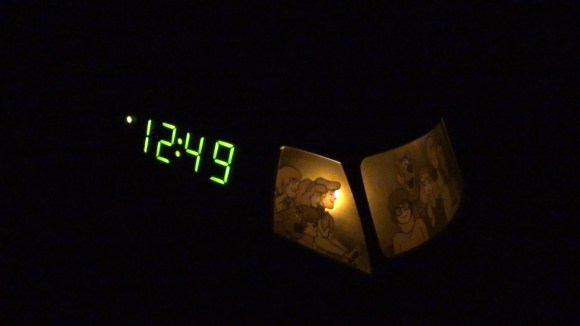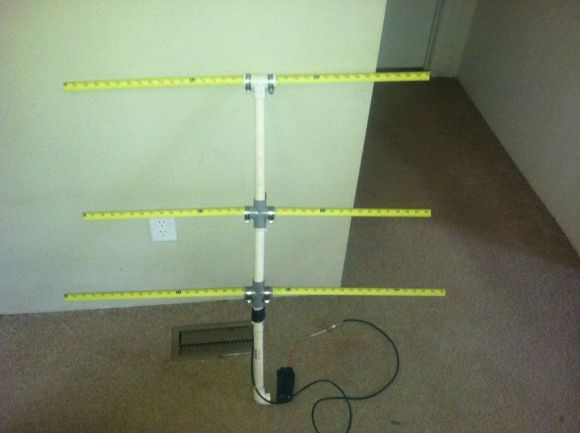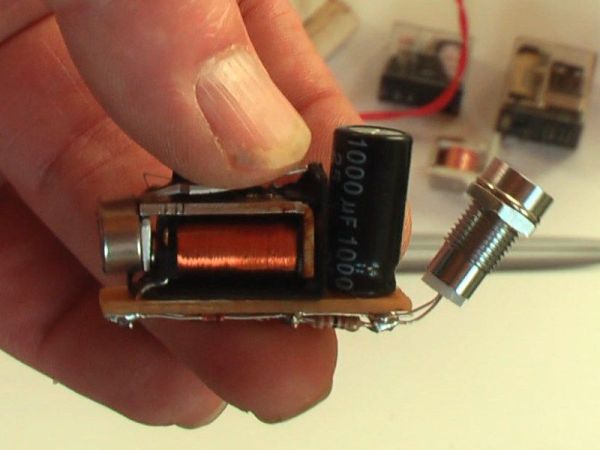
[Morag Hickman] is an artist who makes use of ferric chloride for something other than etching a PCB. She uses the process to etch beautiful designs into her jewelry.
[Tortoise Butler] is a small film crew that created this three and a half minute film on the art of etching copper, and it is an absolute pleasure to watch. There are no computers, no toner transfers, and she doesn’t even etch on a flat surface. It’s an excellent example of doing something different — why not add etching to finish off a project? If you’ve already done PCBs, it can’t be that hard to do a logo instead!
Anyway, it’s been a while since we’ve shared a handmade hack, and we think this is a great example that deserves the spotlight. Don’t forget to send in your own handmade projects to the tips line!
Stick around after the break to enjoy the film — we recommend watching it full screen and in HD.

















